Many thanks to History Buzz Guest Writer Barbara Bunn for writing today’s post!
Have you ever participated in the Feaster Five Road Race in Andover, MA or maybe you are planning on participating this year either as a runner, walker or an observer. Are you curious about the buildings you passed along the route?
This is part two of a short series on landmarks along the Feaster Five Road Race route. You can read part one here. Today’s article picks up the race as it turns onto Morton Street.
Morton Street
This street is named after Judge Marcus Morton who lived on the corner of School Street and Morton Street. He was the Moderator of the Town Meeting when a vote was taken to accept this street as a pubic way. Previous sections of this street had been known as East Morton, Pike Street and Green Street.
22 Morton Street
This home was the site of a soap business owned by Willard Pike. Notice the front doors with one facing Morton Street and one facing 67 Bartlett.
At the intersection of Morton and Bartlet Streets, participants in the Feaster Five turn left to continue their trek.
Bartlet Street (how many “t’s”?)
According to Bessie Goldsmith in her book, The Townswoman’s Andover, Bartlet Street is name after William Bartlet (who spelled his last name with one ‘t’ ) from Newburyport who had given $160,000 to the Andover Theological Seminary in 1808.
52-56 Bartlet Street
Here you will find the former location of three school buildings: the Stowe School, named for the author Harriet Beecher Stowe who lived on Bartlet Street; the John Dove School; and the Jackson School named for the first chairman of the school board. The Doherty Middle School had been the location of Central Elementary. The Stowe School was in place from 1895 until 1981.
36 Bartlet Street
Since 1983, the Andover Town Hall and the School Department offices have been here. Before that it had been the home of East Junior High School, and before that it was the location of Punchard High School which was built in 1854.
In 1934 the old 1871 Punchard building was razed and Memorial Auditorium ( to honor those who served in WWI), gymnasium, and the Andover Junior High wing were added. The new additions opened in 1936 and the complex operated as two separate schools until 1958. Please make note of the flag pole in front of the town hall which pays honor to Colonel Edward M. Harris (WWII) and his son Corporal George R. Harris (Vietnam). The flag pole was dedicated in 2007.
Turn right at the intersection of Bartlet Street and Chestnut Street.
You’ll notice a lovely park on the right hand side of the street. Before it was a park it was farm land called the Richardson Field which the town purchased in 1899. Roger’s Brook ran through the center of this parcel which wasn’t ideal for a park. In 1968 an underground pipe was laid for the brook to flow through. The bridge over the brook (now buried) remains. In “The Park,” as most people call this site, you will also find a German Cannon from WWI which was donated to the town in 1932 by Andover Post 2128, a WWII Monument, a Korean War Monument and a Vietnam Monument.
Turn left onto Pasho Street.
This road cut through the middle of farmland that belonged to Henry F. Pasho. The road was accepted in 1924. Look to the end of this street you will see Henry Pasho’s home on Summer Street.
Turn right onto Summer Street to continue your journey.
36 Summer Street
This is Henry F. Pasho’s home. Henry worked for the Boston & Maine Railroad on the construction train building the new line to the city of Lawrence, and Manchester, NH. He eventually rose to the position as one of the most trusted engineers on the line.
Turn left on to Washington Street
This street, according to Bessie Goldsmith, was named for George Washington 100 years after his visit to Andover. The street was laid out on the land of Mr. Cummings who had hoped the street would be named after him but Town Meeting decided differently. Mr. Cummings said that he had given $1300 worth of land. The town awarded him $350 in damages and he, of course, sold the land for house lots. This street was accepted in 1889.
Turn left at the end of Washington Street onto Elm Street.
Elm Street
This is the street that on November 9, 1789, George Washington traveled down as he was went from Portsmouth, NH to Haverhill and then on to Lexington.
60 Elm Street
This house was built in 1840. The Goldsmith family lived here from 1874-1970. Bessie Punchard Goldsmith, who grew up in this house, inherited it along with her brother, Clarence. Bessie was a local historian, a teacher, charter member of the November Club and the Andover Garden Club and served on the Andover Police Force. Bessie was a unique presence in Andover. AVIS Goldsmith Reservation is named for her family, of which she was the warden for many years.
70 Elm Street
This house is the Abbott Tavern, built in 1784 and owned by Isaac Abbott. It was here that George Washington stopped in 1789 while making a tour of the eastern states. He visited Andover on his return from Portsmouth, New Hampshire passing through Haverhill and Andover on his way to Lexington.
106 Elm Street
Johnson Acres was created in 1935 by Fred E. Cheever on the former George J. Thornton and Rev Francis H. Johnson estates. The mansion and outbuildings were razed, and the 35 acre property was sub-divided. The development includes Johnson Road, the former driveway to the house, Cheever Circle, Cedar, Coolidge, Cabot, and Shipman Roads.
Turn right onto Maple Ave. This street was laid out in 1874 on property that was owned by John Flint.
6-12 Maple Avenue
This large apartment block was called “Wilbur's Ark” - originally described as an “eight tenement block.” In 1879 to the early 1880's, there was a private school held here run by Miss Bronson. The Reverend Mr. Wilbur was the landlord and permitted missionaries to live here rent free. It served as income apartments for 129 years before conversion into condominiums in 2007.
Turn left onto Walnut Street for a short distance. This was an old path toward the Shawsheen River. In the past, it was called Mill Street and Carmel Lane.
Turn right onto High Street. At this point you will be merging with the runners of the 5K race. This section of High Street was the former location of the Andover –Wilmington Railroad Line and became a public way about 1850 after the rail line was moved to its current location.
173 High Street
This home and the one across the street at 172 are two of the first homes to be built along the former Boston & Maine Railroad line. The rail tracks were moved to the current location to the west in 1848 to service the new city of Lawrence, MA. The old line was abandoned and converted into a street in 1856.
Turn left onto Haverhill Street. The finish line of your Feaster Five journey is getting closer!
Haverhill Street
Most of the houses on Haverhill Street are in the Shawsheen Village National Register Historic District, designated in 1980 by the Massachusetts (State) Historical Commission. Prior to Shawsheen Village, this area was known as Frye Village.
50 Haverhill Street
The Shawsheen Village Railroad Depot was built in 1921 at the request of William M. Wood, President of the American Woolen Company. Wood’s master plan for the construction of Shawsheen Village from 1918-1924 and the building of his new Shawsheen Mill on this site would require a train stop at the village for workers traveling from points north and south. The Shawsheen Village train stop was ended in 1958 and the station was closed.
46 Haverhill Street
This industrial complex includes 2 five-story spinning and weaving mills connected at eastern ends, a dye house, and a 10-story warehouse building - "not only the last word in mill construction, but beyond a doubt the finest textile mill in the world."
The plant was erected at the cost of $1,000,000. 1400 mill operatives were employed here but it represented only one of William Madison Wood's 63 textile mills of the American Woolen Company. Considered a model mill - it was powered by electricity produced at Shawsheen power plant on Shawsheen River. The mill operations continued until the 1950's when it was sold to number of smaller industries.
45 Haverhill Street
The Shawsheen Cafeteria building was constructed in 1922. The Cafeteria was built as a restaurant to service the 1700 mill workers in the Shawsheen Mills across the street. The restaurant also had six bowling alleys in the basement and facilities for showing movies. The hall, also called the “Crystal Ballroom,” was open for dancing twice a week.
39 Haverhill Street
This was the Shawsheen Truck Garage and it was part of the Shawsheen Village that William Wood envisioned. It was necessary to build this new garage as the Shawsheen Garage, on the corner of North Main Street and Haverhill Street, had become overcrowded. The first floor was used for the storage of trucks and a service station for trucks. The ground floor had a capacity of about 35 trucks. The second floor had a capacity for 75 pleasure cars. William Wood considered individual garages by houses, not aesthetically pleasing, so he required all Shawsheen residents to park in company garages. The name was changed to the Shawsheen Motor Mart in 1936 when Ellsworth Lewis purchased the business.
Your journey is coming to the end as you turn onto York Street.
York Street
William Wood named all the streets in Shawsheen Village for castles and cathedrals in Great Britain. York Street takes its name from York Minster Cathedral, seat of the Archbishop of York, second highest office in the Church of England.
Congratulations!
You finished the Feaster Five Road Race and learned about some of the many historic Andover Landmarks as well.
Whether you ran, walked, or observed the race hopefully you have enjoyed learning about the many interesting sites that you went by as you tackled the Feaster Five.
Thanks for reading!
Barbara & Elaine
Resources
Andover Preservation Website - Much appreciation is given to the authors of the Andover Preservation Website for the research and photos that were used in this article.
Andover Center for History and Culture (Andover Historical Society)
The Townswoman’s Andover by Bessie Goldsmith
Andover Veterans Memorial Walking Tour
Andover Stories Volume 1, Gail Ralston, editor
Andover: What It Was What It Is - a book published in 1946 by the Andover Townsman on the 300th anniversary of the town.
Andover A Century of Change 1896-1996 by Eleanor Richardson





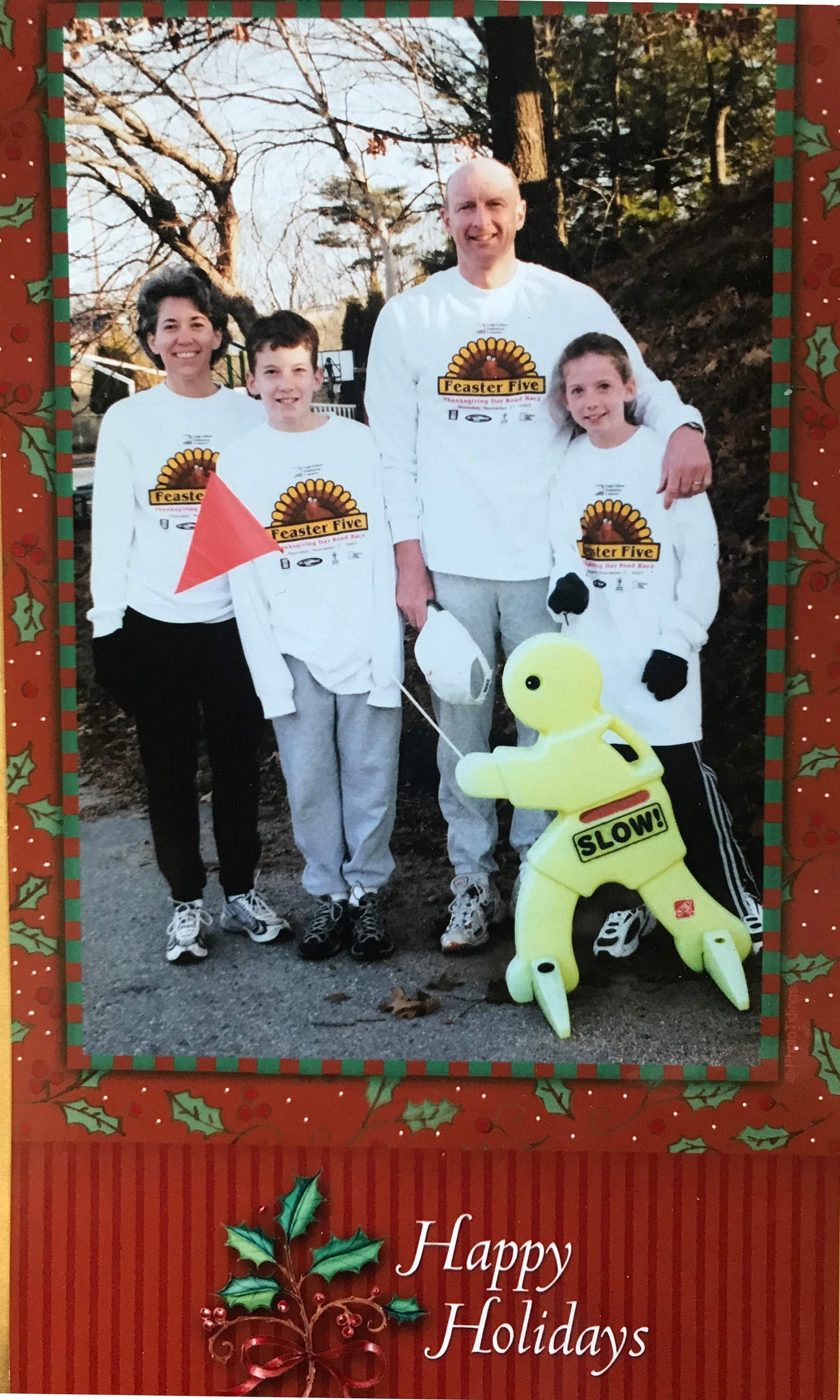


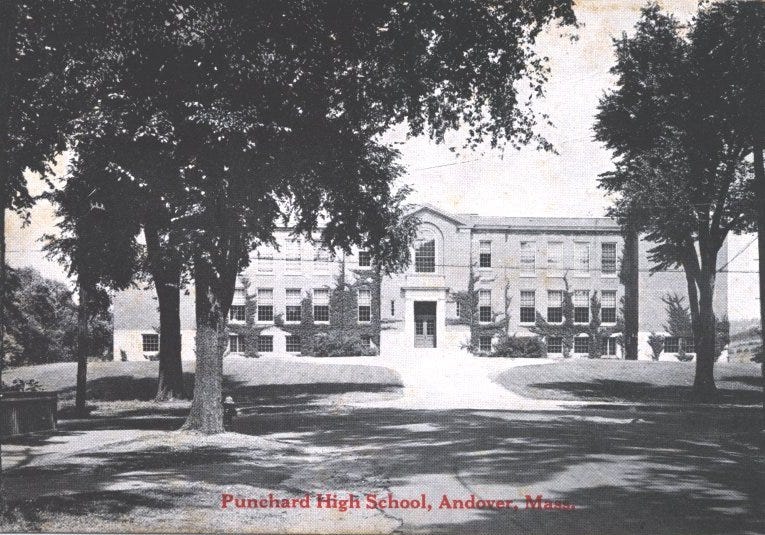

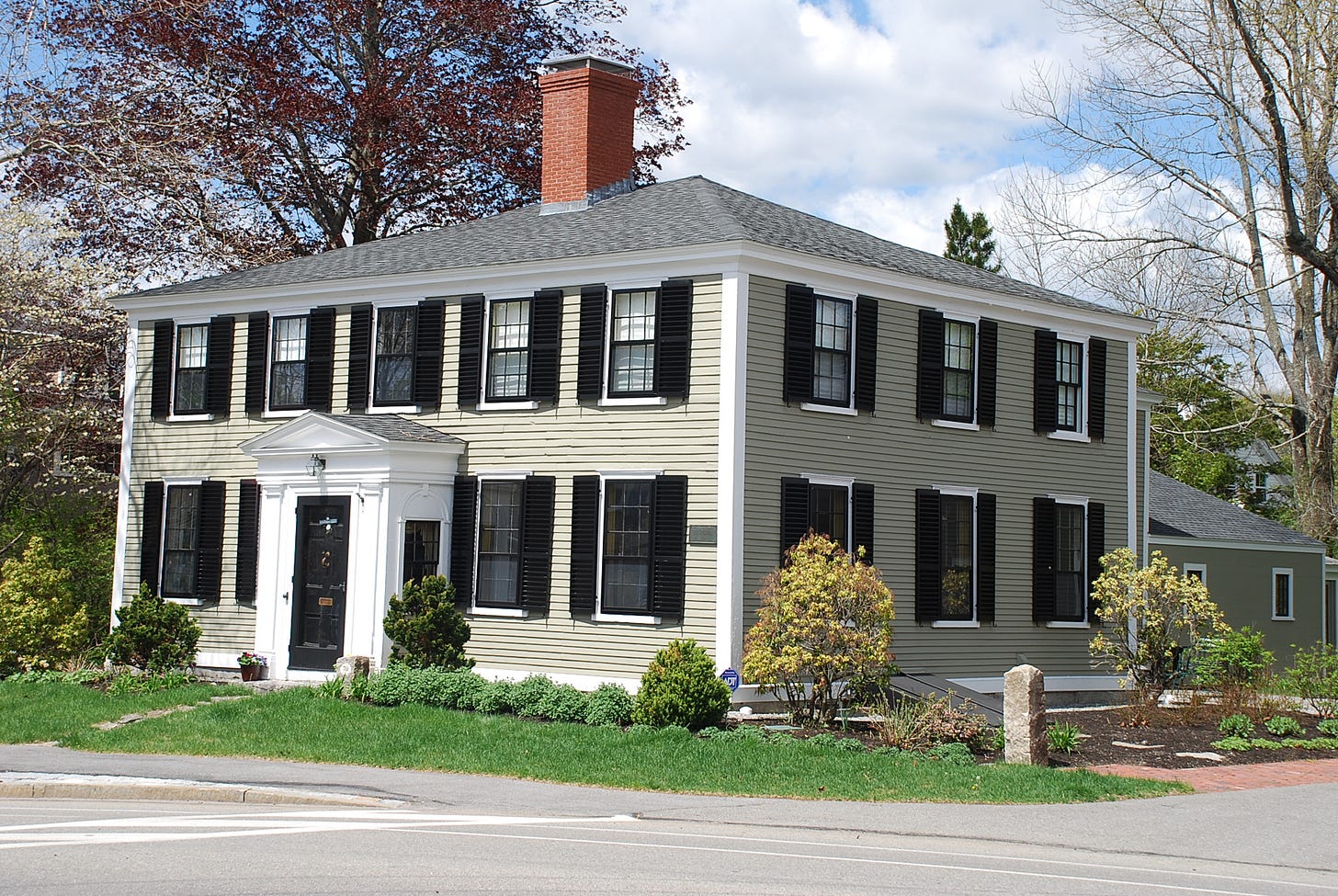

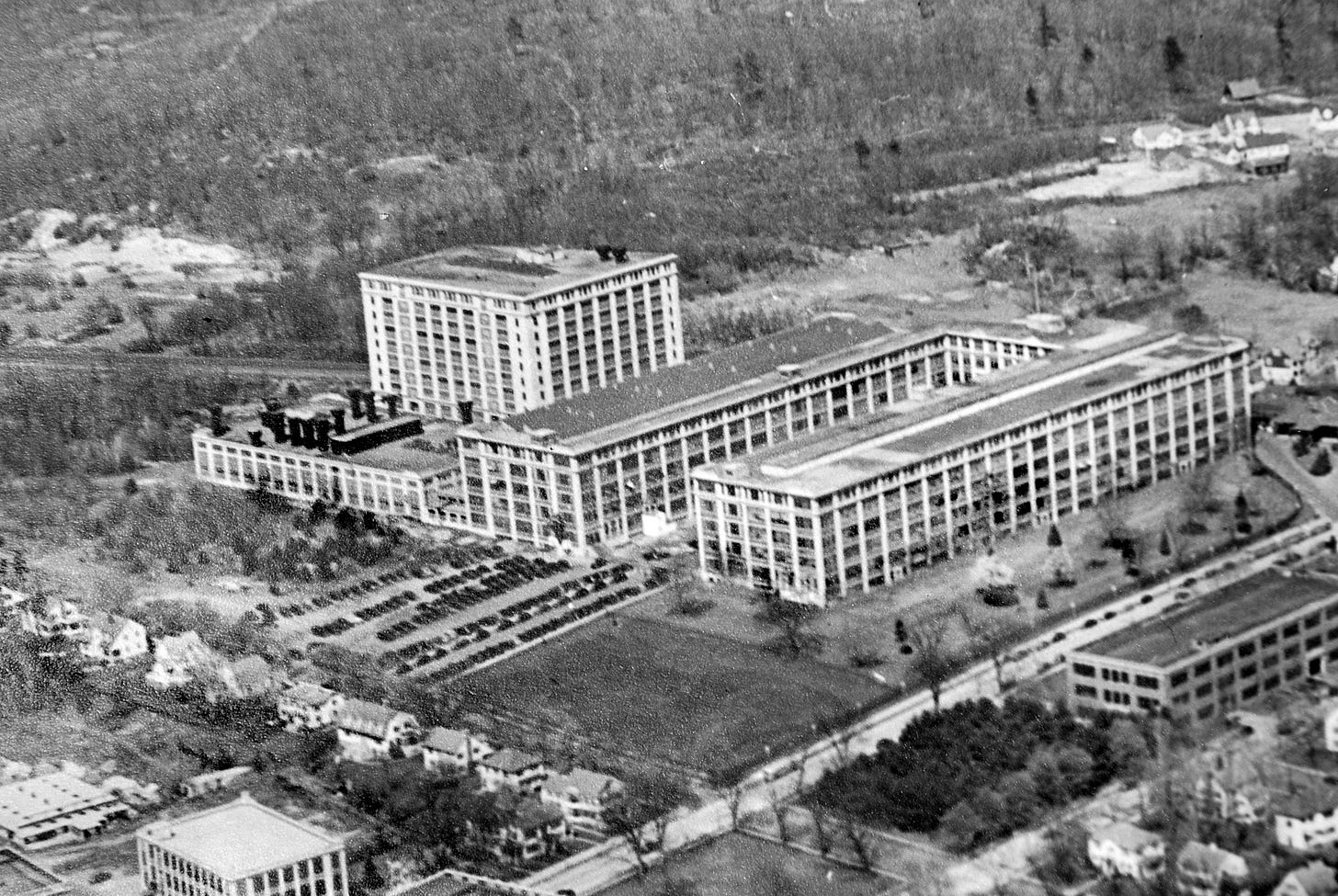
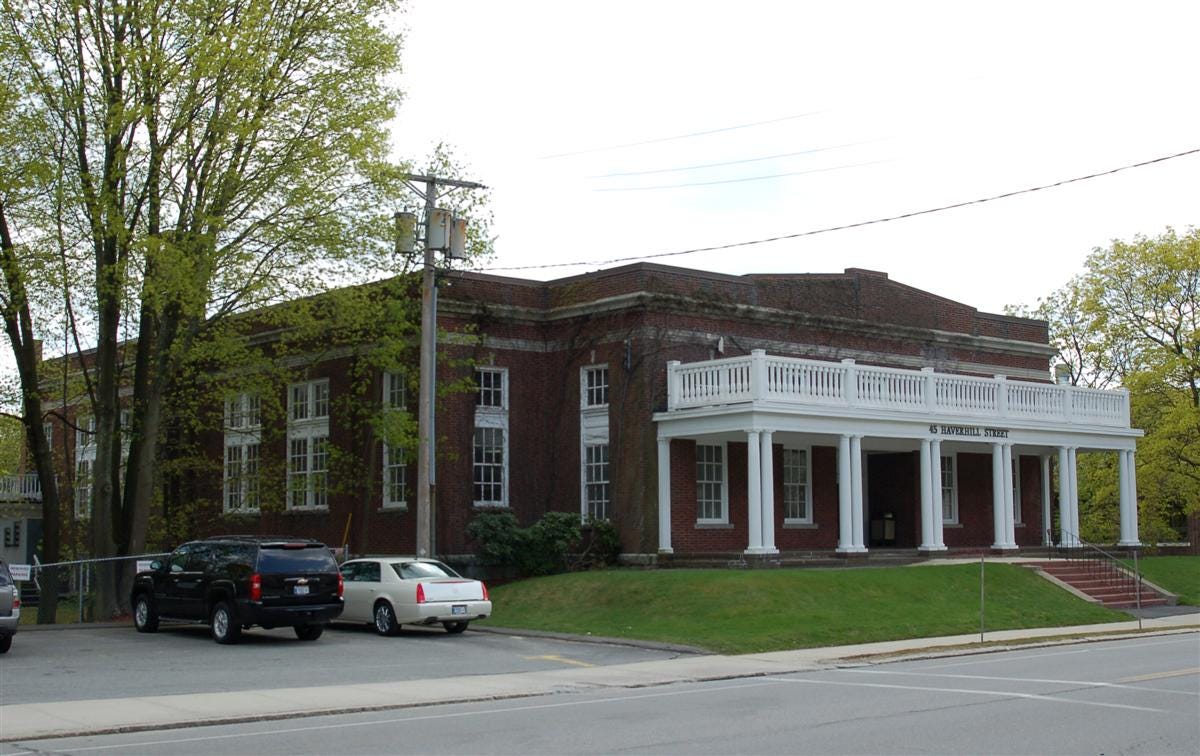

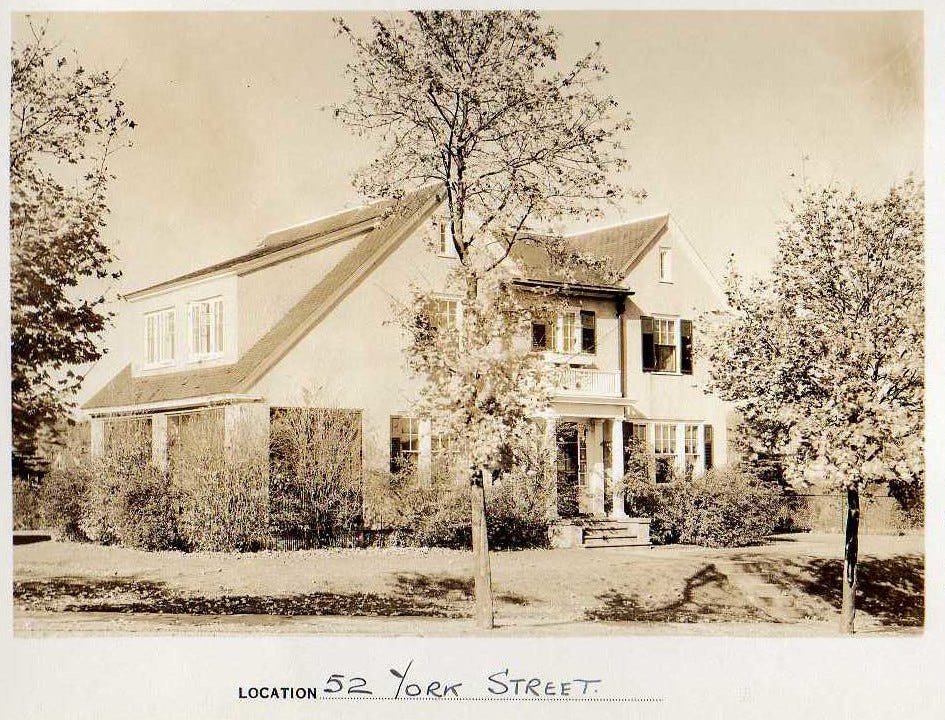

Thank you Barbara Bunn for this wonderful tour of Andover. I think I will try something as similar for my historical society.
I enjoyed reading the two articles. It was nice to read about some of the houses and buildings that I remember as a child.